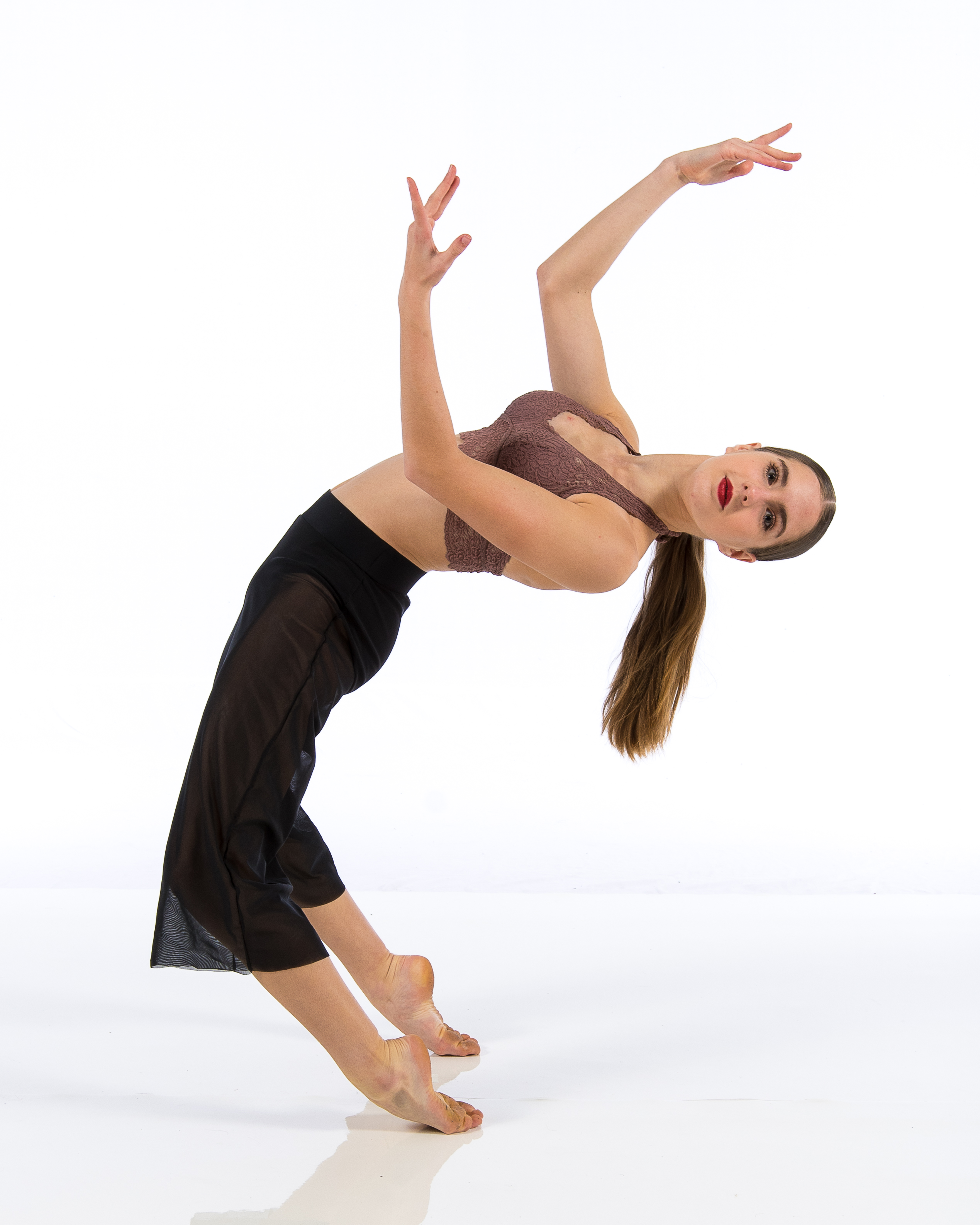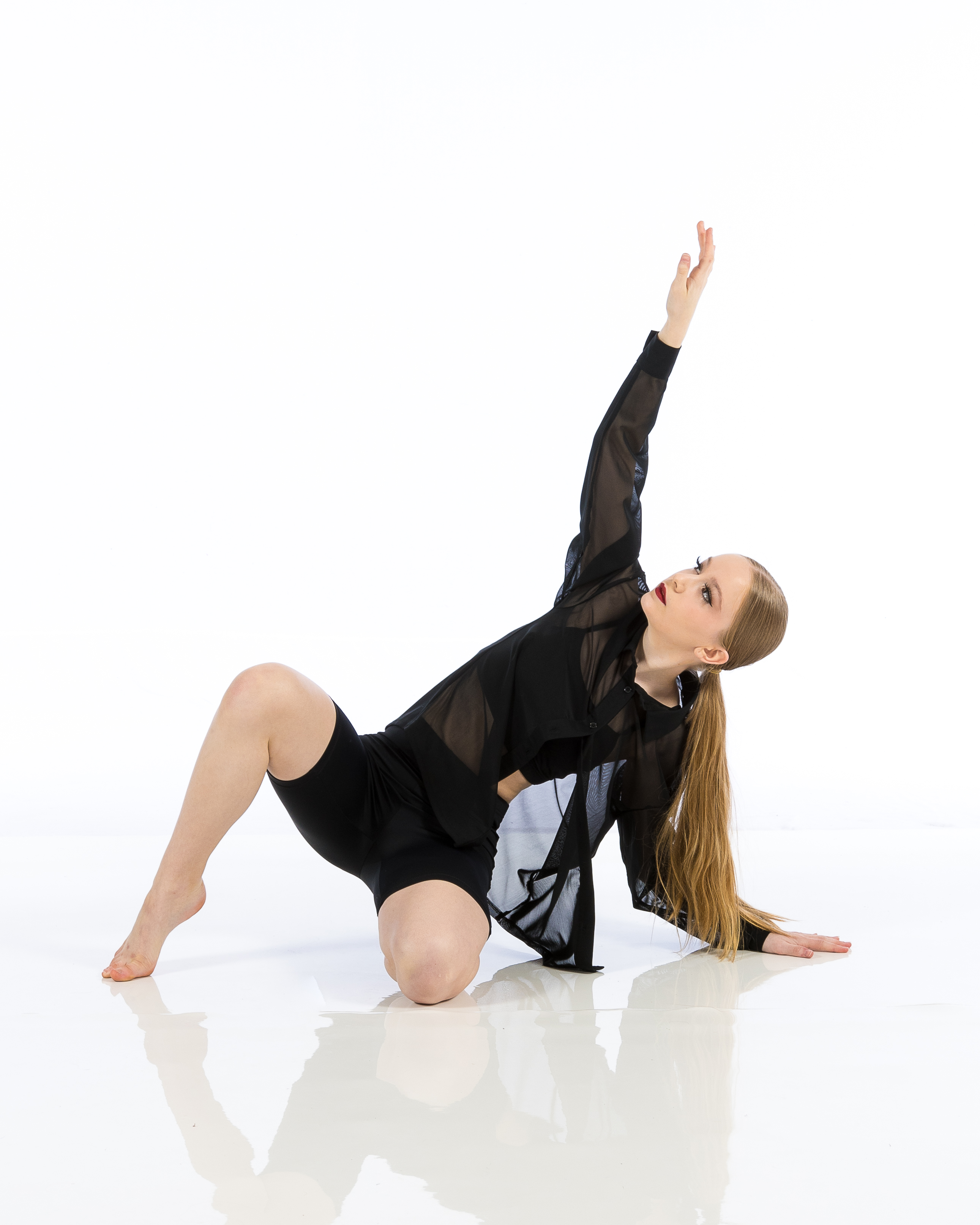Introduction
Partner dancing is an exhilarating form of expression that combines rhythm, movement, and connection. Whether you're a novice stepping into your first dance studio or an experienced dancer honing your craft, understanding the do's and don’ts of partner dancing is essential. This article delves deep into the practices that can elevate your dancing experience, ensuring both you and your partner thrive in the studio setting.
Do’s and Don’ts of Partner Dancing in the Studio
The Importance of Communication
Why is Communication Key in Dance?
In partner dancing, communication between partners is paramount. It fosters trust, enhances creativity, and ensures synchronization. How can you improve this vital aspect?
- Use Non-Verbal Cues: Body language speaks volumes. A gentle tug on the hand or a shift in weight can convey what words cannot. Verbal Feedback: Simple phrases like "let's try that again" can go a long way in improving your routine.
Do: Establish Clear Roles
What Are the Roles in Partner Dancing?
In most partner dances, one dancer leads while the other follows. Establishing these roles early on sets a solid foundation for your performance.
- Leaders: Typically responsible for initiating movements and guiding the flow. Followers: Essential for responding to cues and adding flair to the routine.
Don’t: Overstep Boundaries
How Can You Respect Personal Space?
While intimacy is essential in partner dancing, respecting personal boundaries is equally crucial.
- Keep Appropriate Distance: Ensure that both partners are comfortable with their proximity. Ask Before Adjusting: If adjustments to grip or positioning are needed, always ask first.
Do: Warm Up Together
Why Is Warming Up Important?
Warming up not only prepares your body but also mentally aligns both partners for practice.
- Stretch Together: Engage in light stretches focusing on arms, legs, and back. Practice Basic Steps: Revisit foundational moves to get comfortable with each other’s rhythm.
Don’t: Rush into Complex Moves
What Happens When You Skip Basics?
Jumping straight into advanced figures without mastering basics can lead to frustration or even injury.


- Take Your Time: Spend ample time practicing fundamental steps before advancing. Gradually Introduce New Moves: Slow progression allows for better retention and execution.
Do: Be Mindful of Timing
How Does Timing Affect Your Dance?
Partner dancing relies heavily on timing. Misalignment can disrupt flow and cause errors.
- Count Aloud Initially: Counting helps maintain synchronicity. Listen to Music Together: Familiarizing yourselves with beats enhances cohesion during practice.
Don’t: Neglect Your Footwork
What Role Does Footwork Play in Dancing?
Effective footwork forms the backbone of any dance routine. Poor footwork can lead to sloppy performances.
- Focus on Precision: Each step should be deliberate and well-executed. Practice Foot Placement Drill: Regular drills enhance muscle memory and improve skill levels over time.
Do: Encourage Each Other
Why Is Encouragement Crucial in Dance Studios?
Positive reinforcement builds confidence—both essential elements of successful partner dancing.
- Celebrate Small Wins: Acknowledge each other's progress during practice sessions. Provide Constructive Criticism: Frame feedback positively to foster growth rather than discouragement.
Don’t: Compare Yourself to Others
How Does Comparison Affect Performance?
Comparison often leads to self-doubt which can impede progress.
- Focus on Your Journey: Concentrate on personal improvement rather than how others perform. Set Individual Goals: Establish specific objectives tailored to your abilities and aspirations as dancers.
Do: Maintain Proper Posture
How Does Posture Influence Dancing?
Good posture enhances balance, control, and aesthetic appeal when dancing with a partner.
- Engage Core Muscles: A strong core stabilizes movements. Align Shoulders Over Hips: Proper alignment prevents strain during turns or spins.
Don’t: Ignore Feedback from Instructors
Why Is Instructor Feedback Important?
Instructors offer invaluable insights based on years of experience. Ignoring their guidance may hinder development as a dancer.
- Ask Questions Actively: Clarifying doubts shows commitment to improvement. Implement Suggested Changes Promptly: Practice new techniques immediately after receiving feedback for best results.
Frequently Asked Questions (FAQs)
li23/ol1/li24li24/ol2li25# How often should we practice together?- Regular practices enhance skills significantly; aim for at least two sessions per week if possible! Consistency breeds familiarity between partners which translates into smoother performances over time!
- Everyone starts somewhere! With dedication & patience anyone can learn how coordinate their movements effectively & enjoyably!
- Most dance studios offer various styles including ballroom (tango/salsa), swing/jazz/hip hop just name few… Explore different genres until you find what resonates best personally!
Conclusion
Navigating the world of partner dancing within a studio setting requires understanding essential do's and don’ts that enhance both skill level and enjoyment. From establishing clear communication to respecting personal boundaries, each aspect plays a critical role in fostering a positive environment conducive to growth as dancers together! By adhering closely these guidelines outlined above—dancers at all levels will undoubtedly experience summer dance class Doty Performance immense satisfaction out there on dance floor!
This comprehensive guide serves as an invaluable resource for aspiring dancers seeking clarity & confidence when engaging their partners inside any reputable dance studio across globe! Embrace this beautiful art form while respecting its nuances—happy dancing!